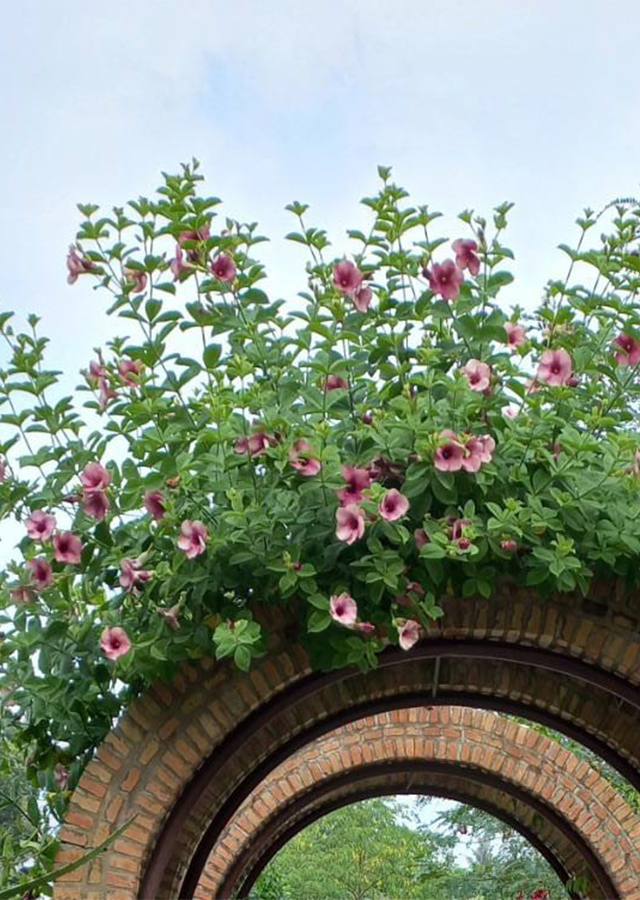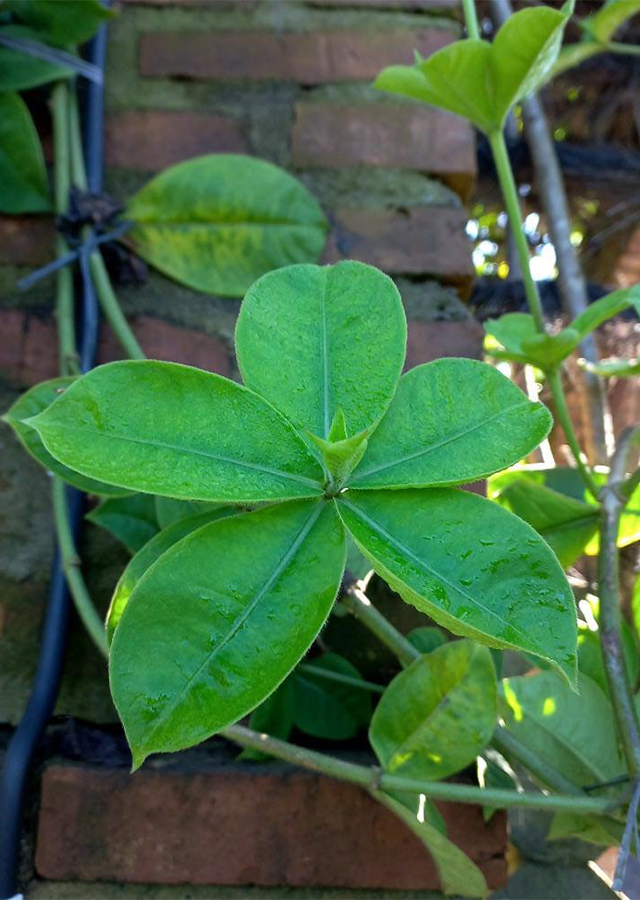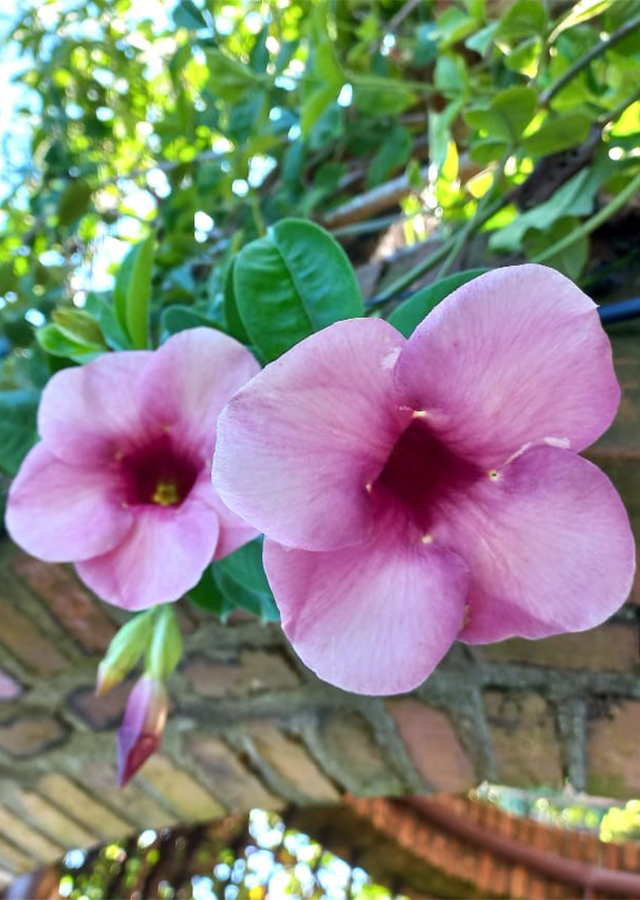Traditional Herbs from Allamanda blanchetti
penawar_racun_dalam_body
- Wash 15 purple alamanda leaves until clean.
- Boil in water for 15 minutes.
- Strain the boiled product.
- Drink while warm.
kill_bacteria
- Take enough purple alamanda flowers then wash them clean.
- Boil the alamanda flowers until they boil.
- Strain the boiled product.
- Drink.
What is Allamanda blanchetti Looks like??



Parts of Allamanda blanchetti that could be used
- Leaves
- Flowers
- Roots
- Stem
Allamanda blanchetti Distribution
Purple Alamanda originates from Brazil and was introduced and found cultivated in India, Singapore, Laos, Colombia, Puerto Rico, the Lesser Antilles (Saba) and on many islands in the Pacific region. Purple alamanda is listed as invasive in Anguilla, Hawaii and in Australia where it is considered a weed. This flower plant is cultivated as an ornamental plant in tropical and subtropical regions of the world. In Brazil, the roots and other parts of the plant are used in traditional medicine.Agroecology of Allamanda blanchetti
The purple alamanda plant prefers fertile, well-drained soil and a position in full sun, growing in hot and dry habitats with an average annual temperature of 24-30 °C and an average annual rainfall of 250-1,000 mm. This species is well adapted to drought with moderate wind tolerance. In cultivation, this plant prefers clay or sandy soil.�
Morphology of Allamanda blanchetti
- Stems form clumps, cylindrical, woody, have a milky gummy if injured.
- Leaves sit, 8-12 cm long, in whorls of 4, pointed oval-oval tip, petiole 2 mm. Wide leaf blade elliptical to round with hairs on both surfaces, pinnate veins, flat edges.
- Flower clusters are funnel-shaped, flower crown has 5 petals, pink-purple 6-9 cm long, 5-6 cm wide,
- Fruits are round and spiny follicles containing many seeds.
- Flat seeds are equipped with membrane wings.
Cultivation of Allamanda blanchetti
Generative (seed) and vegetative (stem cuttings) propagation
Allamanda blanchetti, more details :
Chemical Content of Allamanda blanchettiPolyphenols, flavonoids, polysaccharides, terpenes, steroids and saponins.
Benefits of Allamanda blanchetti
Antidote to toxins in the body, kills bacteria. The roots, stems and leaves of plants have cytostatic and cytotoxic activities. Flowers have antidyslipidemia, antidiabetic and antioxidant activity.
Simplisia of Allamanda blanchetti
Another Facts for Allamanda blanchetti :
Synonym of Allamanda blanchettiAllamanda violacea Gardner
Habitus of Allamanda blanchetti
Bush. Annual climbing shrub, growing to a height of 3 m�
Habitat of Allamanda blanchetti
- Riverside", "Forest", "Land
No comments:
Post a Comment